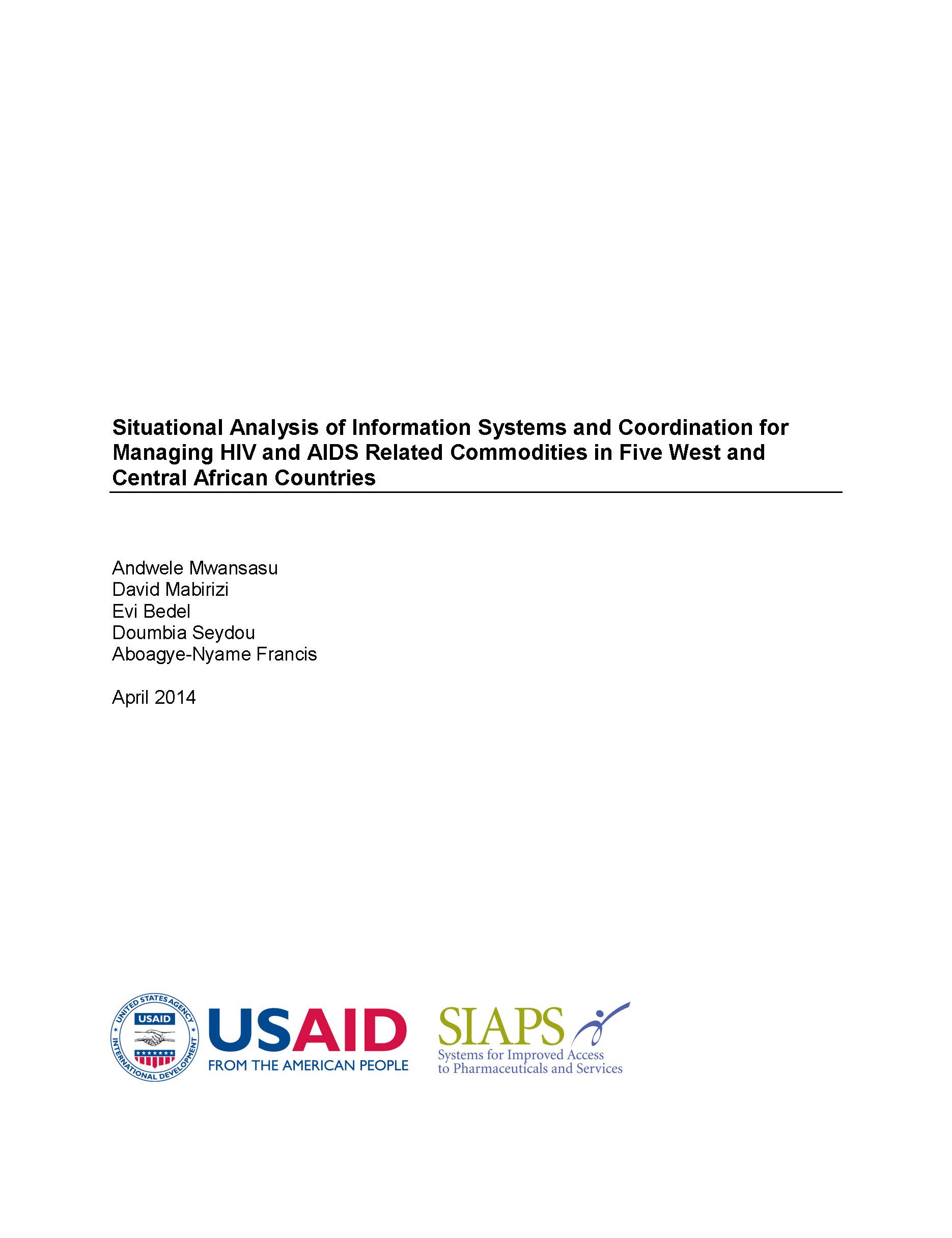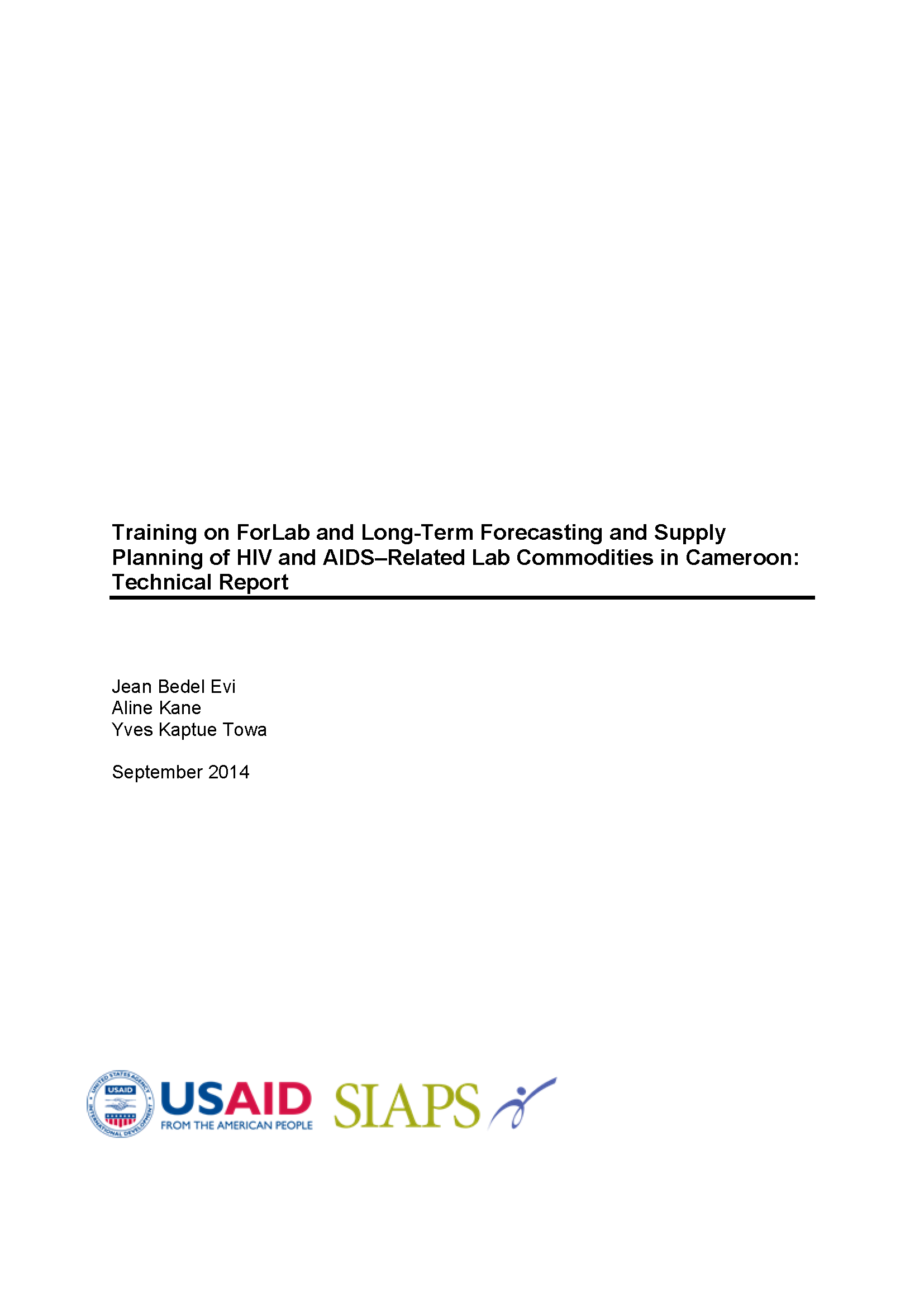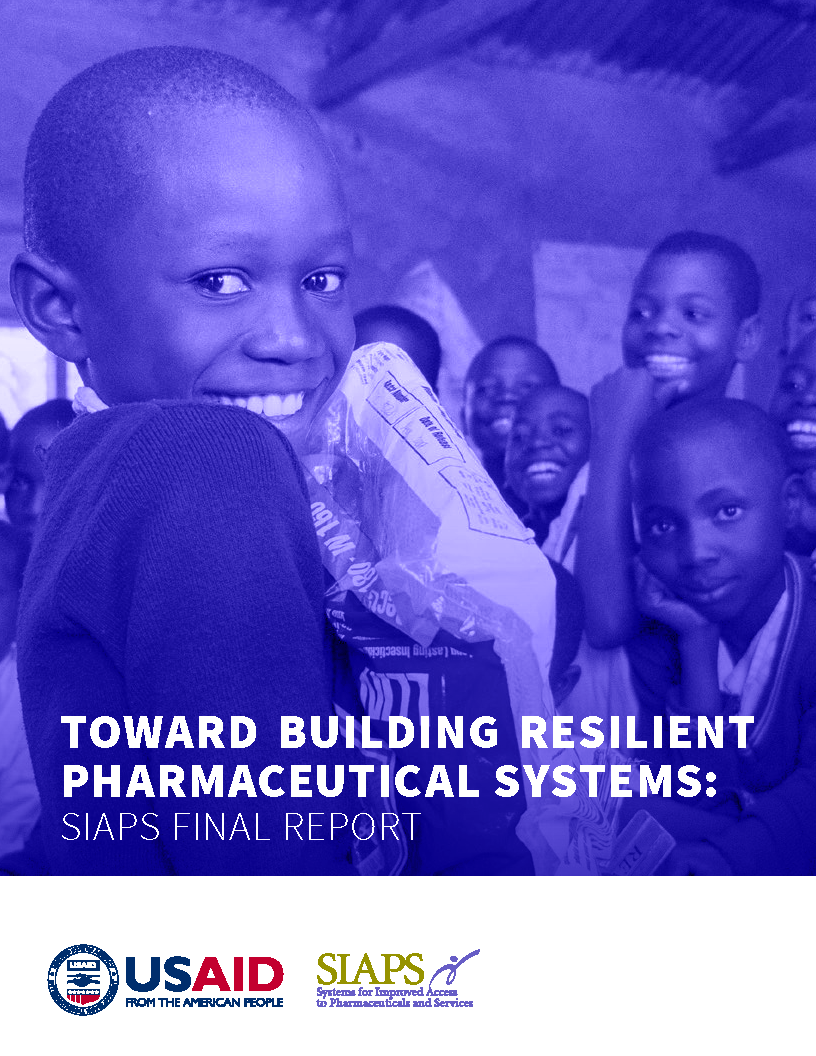Functional Therapeutic Committees (TCs) in public health facilities help to improve rational medicine use (RMU). RMU is necessary to prevent antimicrobial resistance, including HIV drug resistance. Download this article as a PDF The inappropriate use of medicines in health care facilities may result in wastage of resources. However, this can be improved by adopting simple … Read more
Archive HIV
SIAPS to Present at IAS 2015 Conference
Emmanuel Nfor, SIAPS Principal Technical Advisor and Head of the Supply Chain Management Cluster, will present today at the 8th Annual International AIDS Society Conference on HIV Pathogenisis, Treatment, and Prevention (IAS 2015). Nfor’s poster presentation focuses on improving supply chain management for antiretroviral therapy (ART) commodities among women and newborns in Cameroon, where unmet … Read more
Angola: Better Patient Data, Better Supply Chain, Better Treatment Outcomes
The Problem In 2009, with the arrival of antiretroviral drugs (ARVs) c in Africa under the President’s Emergency Plan for AIDS Relief (PEPFAR), Angolans living with HIV were given a lifeline for living longer, healthier, and more productive lives. As of 2012, there were a quarter of a million people in Angola living with HIV. … Read more
Manuals and Standard Operational Procedures for the implementation of a Unified Pharmaceutical System
Manual de Procedimientos Operativos del Sistema Único para el Transporte de Muestras Biológicas y sus Resultados en la Red Pública de Servicios de Salud Noviembre, 2014
Information Systems and Coordination for Managing HIV and AIDS Related Commodities

The West and Central African regions have a low HIV prevalence. Because of the low number of patients on ART and limited technical and financial support, these regions have experienced frequent stock-outs of ARVs posing a serious risk to patients on ART and increasing the risk of HIV drug resistance in the region. As a … Read more
Training on ForLab and Long-Term Forecasting and Supply Planning of HIV and AIDS–Related Lab Commodities in Cameroon: Technical Report

A middle-income country in Central Africa, Cameroon had an HIV prevalence of 4.3% in 2011 in the general population 15–49 years of age (2011 DHS). The number of HIV patients on antiretroviral treatment (ART) has grown from a few hundred in 2001 to 78,000 at the end of 2009 and to 131,531 at the end … Read more
Electronic Pharmaceutical Management Solution Improves ART Service
The main challenge in Lesotho’s pharmaceutical sector is the unreliable supply of essential medicines as well as the fact that the quality of medicines circulating in the country is not known. One of the major reasons is inefficiencies within the supply chain system, specifically weak information management systems that do not support decision-making in supply … Read more
Evidence-based Information from Pharmacies Improves ART Guidelines
Treatment guidelines are important to implement safe and effective practices that are based on clinical evidence. The Ethiopian Antiretroviral Therapy (ART) Guidelines, last updated in 2008, were based on the latest WHO recommendations at the time. According to the guidelines, all new patients receiving ART should be on a three-drug regimen that contains the HIV … Read more
Life Line
Tesfa Taye is a pharmacist and representative of the Pharmacy Case Team at Selam Health Center in Addis Ababa, Ethiopia. He is constantly reminding patients to come to the health center to collect their medicines at their scheduled appointment because he knew this would improve his patients’ adherence to treatment. Tesfa had tried several times … Read more


